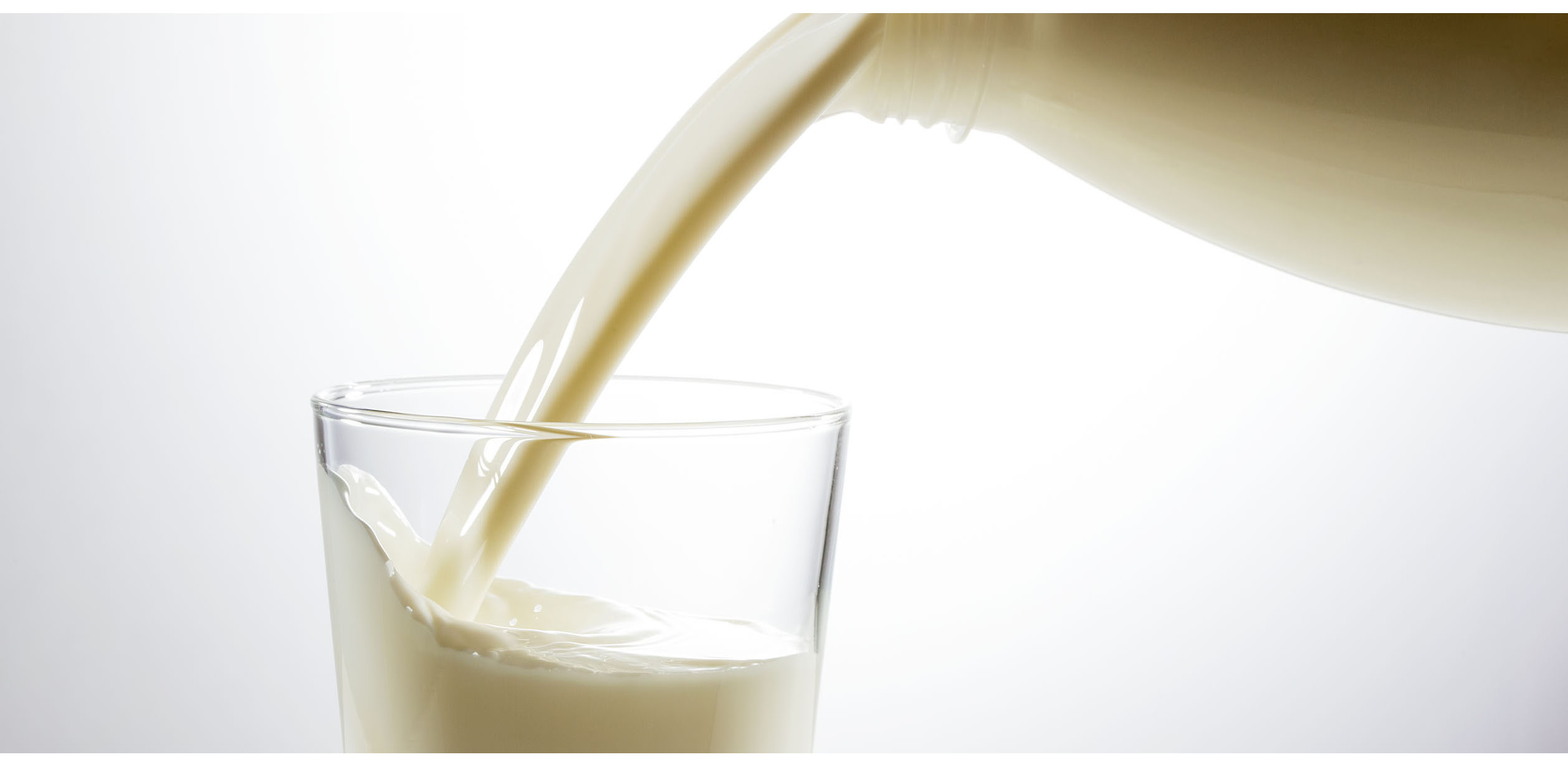 By SANDRA HARRISON
By SANDRA HARRISON
Calcium and vitamin D are needed for strong bones.
Calcium is needed for our heart, muscles and nerves to function properly and for blood to clot.
Inadequate calcium contributes to the development of osteoporosis. It also is associated with low bone mass and high fracture rates, and here’s why: If there isn’t enough calcium coming in from the diet, the body will begin to pull calcium from the bones to do all the functions mentioned above.
For most adults, the recommended calcium intake is 1,000 milligrams a day. It shifts to 1,200 when females turn 51 and males turn 70. Teenagers and adolescents, especially, need high calcium intake. It is recommended those ages 9 to 18 take in 1,300 milligrams a day, according to the Institute of Medicine. Most Americans don’t meet these recommendations, according to the U.S. Department of Agriculture’s Dietary Guidelines Advisory Committee.
It’s best to get your calcium from food. To give you an idea of what that looks like, here are some measurements. One-and-a-half ounces of shredded cheddar cheese contains 306 milligrams of calcium, 1 cup of nonfat milk has 302 milligrams, and a 1/2 cup scoop of vanilla ice creams contains 85 milligrams.
FUN HINT: A simple way to add calcium to many foods is to sneak in 2 to 4 tablespoons of nonfat powdered milk to most recipes. 1 tablespoon of nonfat powdered milk contains about 50 milligrams of calcium.
Calcium-rich foods, ranking highest concentrations at the top:
- Fortified orange juice
- Tofu
- Swiss cheese
- Yogurt
- Milk
- Sardines
- Soy milk
- Spinach
The National Osteoporosis Foundation partnered with chefs to create food recipes that are good for your bones.
If you are not able to tolerate any of these foods or similar ones, talk to your primary care provider about adding calcium supplements to your daily routine and what dosage is best for you.
To aid in absorption of calcium, the body also needs vitamin D. You can get vitamin D in three ways: through the skin, from diet and from supplements.
Your skin makes vitamin D from the ultraviolet rays in sunlight. Proper use of sunscreen blocks those rays, therefore most people need to get vitamin D from other sources. Most dietary vitamin D is obtained from fortified foods (milk, yogurt, cereals, orange juice and margarine). According to the National Osteoporosis Foundation, most people need to take vitamin D supplements to get all the vitamin D recommended. Talk with your primary care provider to help you calculate what type and dosage of supplements are best for you.
About the Author
Sandra Harrison, MSA, RD, is Manager of Patient Food Service and Clinic Nutrition for Lakeland Regional Health.
View other low-fat recipes, such as Strawberry and Avocado Salsa, Low-Fat Caesar Salad Dressing and Pasta with Roasted Tomatoes, Squash and Broccoli, on Lakeland Regional Health’s blog page.
